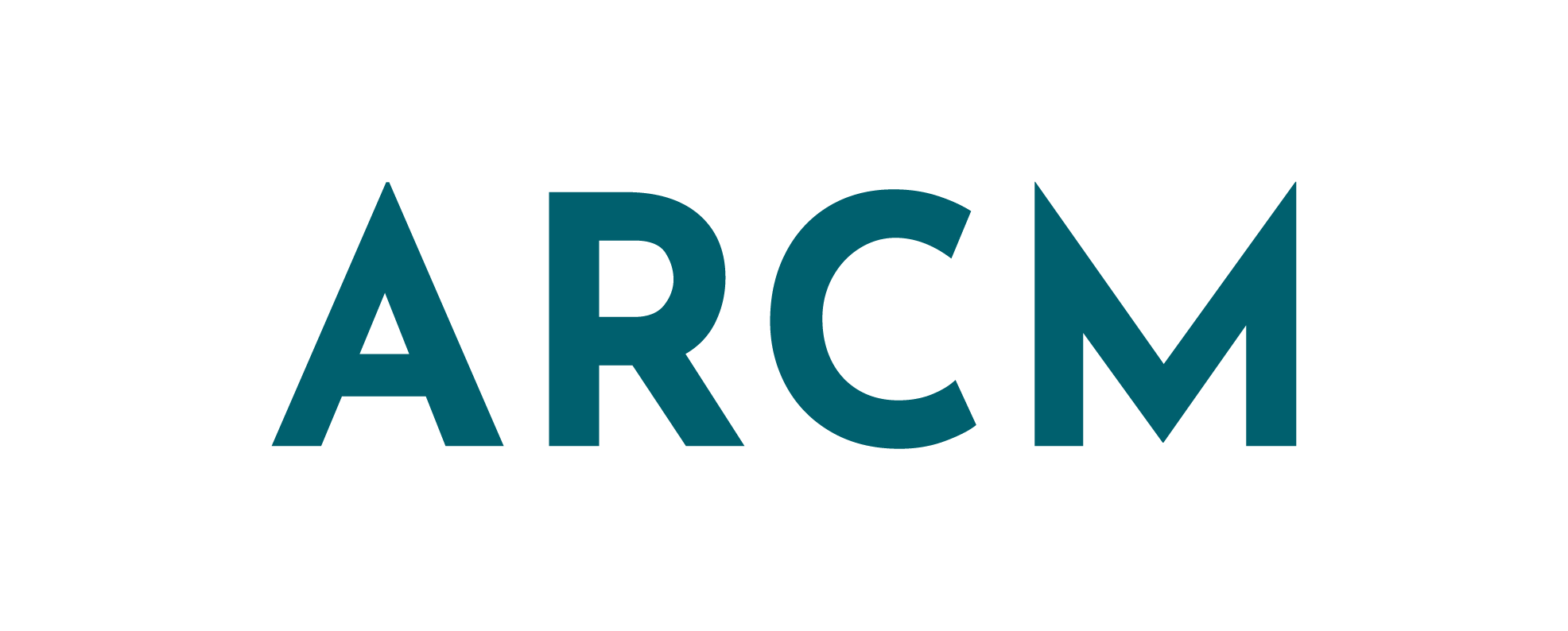As Google’s Helpful Content Update (August 2022) rolls out, many companies are going full steam ahead panicking about their content strategy. And honestly, I completely understand. We do need to take a more tactical approach to content marketing.
But ultimately, it shouldn’t be all too different to what we’ve already been doing.
Last time, I spoke (or wrote, I guess) in more detail about how to write better content for the helpful content update. But today, I want to talk you through a way to make your life a bit easier. In a way that should also get you in Google’s good graces.
Let’s talk topic clusters and repurposing content.
What does repurposing content actually mean?
Ok so we’ll start with repurposing content. This is one I’ve been thinking about a lot as I’ve been planning for my talk at BrightonSEO in October
There’s a lot of pressure on content creators, marketing departments, and writers to constantly be churning out new and exciting content. And while that has its plus sides, it’s also a massive waste of time.
I used to put pressure on myself to constantly come up with new ideas. As a one-person marketing team steering the entire strategy and writing all of the content myself, I still held myself to a stupid schedule and standard.
And I burned the fuck out.
It made me realise that there has to be a better way. And then I started reading about repurposing.
“Repurposing” is one of those buzzwords that I thought meant fuck all for the longest time. And then I realised, oh wait. Making my own life easier isn’t being lazy. It’s efficient.
So to answer my original question: repurposing content is the act of creating multiple pieces of content from one original topic and/or source.
Repurposing your content can look like this:
Write an ebook.
From that ebook, then extract:
- 4 blogs (that all drive the reader to the ebook landing page for downloads or have a form at the bottom prompting download)
- 2-4 LinkedIn posts per blog (8-16 in total)
- 2-4 Twitter threads per blog (8-16 in total)
- Instagram stories and highlights per blog
- 2-4 Reels per blog (8-16 in total) which can be taken from the Instagram stories
- 1-2 emails per blog (4-8 in total)
So instead of just spending a month or so writing an ebook and a landing page, providing you with 2 assets and 1 point of conversion, you have a minimum of 30 and at best 62 pieces of content with very little additional effort.
So answer this: why the fuck would you go through the effort of creating all of that from scratch on different topics when you could focus on one area?
What if people get sick of my content?
This is a common concern I hear from clients. And what you need to remember is that no one is going to see or read or watch all of those bits of content.
But having those blogs gives your ebook a better chance of being found from organic search.
All of those social posts increase the visibility of the ebook or your blogs, which in turn increases visibility for the ebook.
All of that content, around one specific topic, leaves you seen as an expert in that area. Keep it up for long enough and people will see you as the go-to person or company to help solve their problem in that area.
What does this have to do with the Google Helpful Content Update?
I’m glad you asked.
So all of this repurposing helps you to build topic clusters. On its own, it may not be enough. But from that one ebook and all of the surrounding assets, you have showcased expertise all over the place about your chosen topic.
Prior to the Helpful Content Update, Google required a lot of content on one topic for your site to be considered an expert source. Estimates range (because Google never quite reveals its secrets) but the common understanding is that this number stood at around 30.
Now, we’re still decoding what this update is really going to mean. But with Google’s efforts to push back against quantity over quality and cheap AI-generated content
(remember the Google team themselves specify that this update is to help “content created by people, for people” be seen more often)
we know that quality is what is most important.
UPDATE: the 2023 Helpful Content Update actually removed the “by people” part and instead provided significant content guidelines to help you create better content.
I can’t give you a number to aim for, for spending 3-6 months publishing content on your website around one topic will help you to gain favour with Google.
But that content has to be of high quality.
How do I write high-quality content to appease the Google gods?
There’s a lot of things that come into play here, but your main considerations for quality content should be:
- Clear formatting and easy reading
- Lack of jargon (if there is jargon, explain is quickly)
- Humany-wumany language
- Keep sentences short (but not repetitive)
- Proper (but not excessive) use of keywords and phrases in headings and copy
- Alt text on all images
That’s just a quick overview as there is so much to cover. I’ve written about some of these topics already, so if you’re after more information, feel free to peruse the following:
- Formatting for clarity and easy reading
- Behind the scenes SEO content (meta descriptions and the like)
- Heading types and structure for SEO
- Writing for the Google Helpful Content Update
- What the fuck is cornerstone content? And why does it matter?
Over the coming weeks, I’m going to look more closely at topics like keyword distribution, cornerstone content, and how to avoid burnout as a content marketer.

